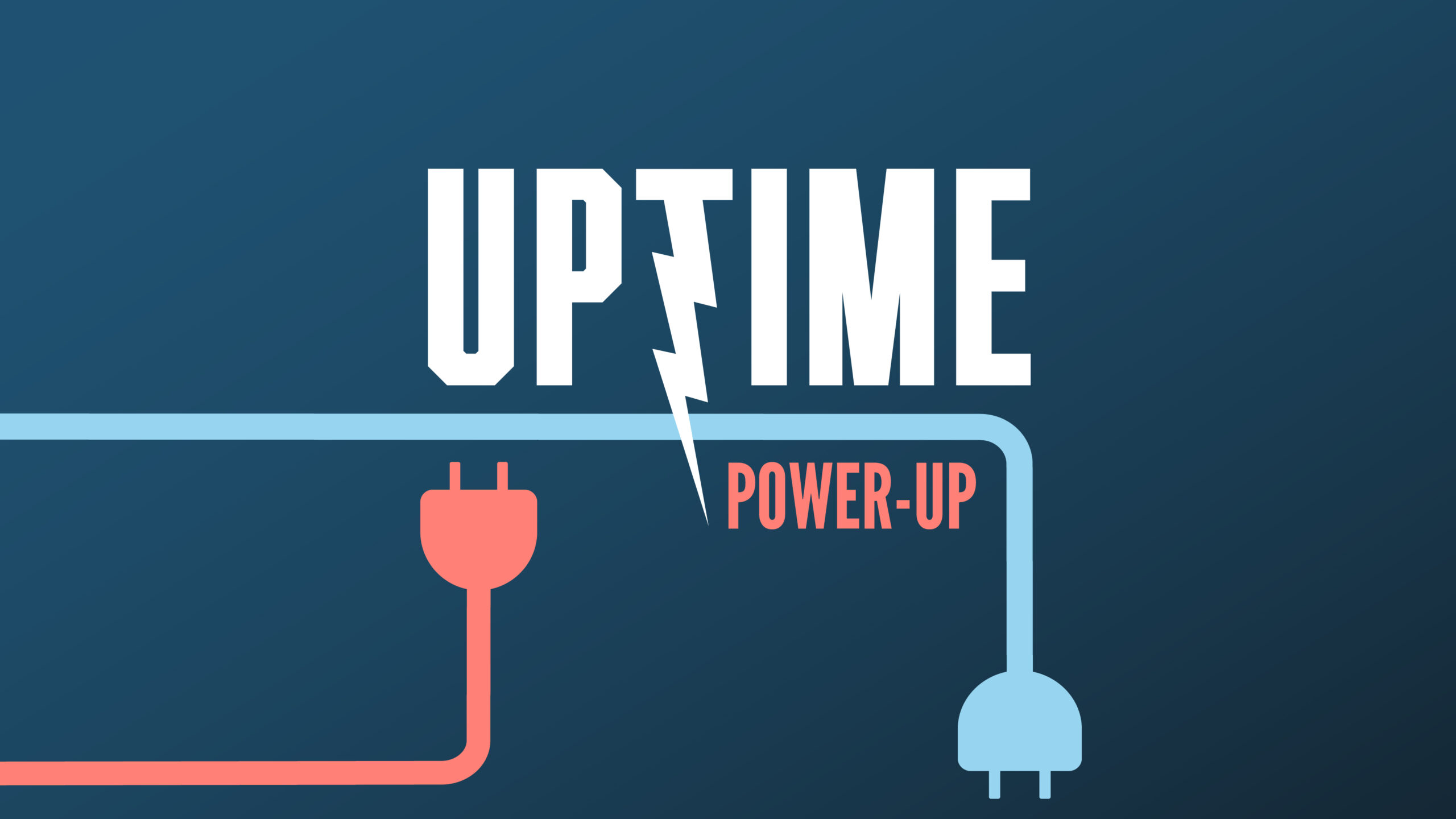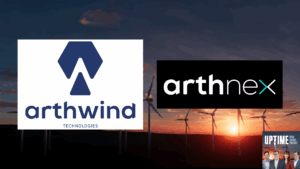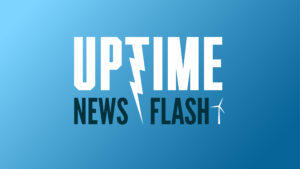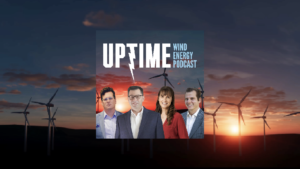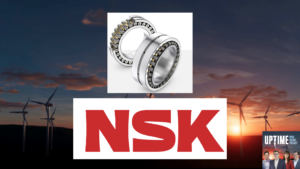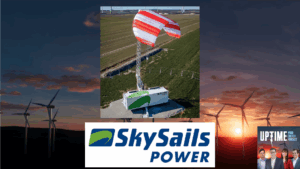Podcast: Play in new window | Download
This week on Power-Up, a method for installing offshore wind turbines with a substructure with built in containers that can be transported easily, and LM Windpower’s way of reducing some of the vibrations from stationary wind blades. Plus some over-the-top body armor…
Sign up now for Uptime Tech News, our weekly email update on all things wind technology. This episode is sponsored by Weather Guard Lightning Tech. Learn more about Weather Guard’s StrikeTape Wind Turbine LPS retrofit. Follow the show on Facebook, YouTube, Twitter, Linkedin and visit Weather Guard on the web. And subscribe to Rosemary Barnes’ YouTube channel here. Have a question we can answer on the show? Email us!
Pardalote Consulting – https://www.pardaloteconsulting.com
Weather Guard Lightning Tech – www.weatherguardwind.com
Intelstor – https://www.intelstor.com
Join us at The Wind Energy O&M Australia Conference – https://www.windaustralia.com
Allen Hall: Welcome to Power Up, the Uptime Podcast focused on the new, hot off the press technology that can change the world. Follow along with me, Allen Hall, and IntelStor’s Phil Totaro, as we discuss the weird, the wild, and the game changing ideas that will charge your energy future. Phil,
our first idea is assigned to Grant Prideco and it’s a method for installing an offshore wind turbine and a substructure, and this idea It is rather unique in offshore wind in that it has a substructure in built in containers that can be transported relatively easily. And so, and the way it’s described is like a vertical garage.
when the, when the tower sections arrive at its destination. Once on site, the tower is raised straight up from its container using a winch. And this eliminates a need for some of the installation vessels, which are so expensive and what everybody’s trying to get away from right now. And you can’t find them.
So there’s a number of really interesting concepts. that reduce that, and this is one of them. So it lets the simplest ships install towers and install the nacelles and blades much closer at sea level before a final tower lift is done. So it does change the complexity of offshore wind dramatically. I haven’t seen this implemented yet, but it seems like
Philip Totaro: it will be soon.
Well, it, it very well could be, considering the push towards larger turbine sizes offshore and as you mentioned, the desire to, eliminate a lot of extra reliance on large crane vessels and installation vessels. But the idea itself, you mentioned it’s currently assigned to Grand Pride Co.,
but it was originally conceived by National Oil Well Varco, NOV that’s actually got a pretty lengthy history at this point, obviously in oil and gas, but also in offshore wind including installation vessel involvement and concepts like this, they’ve, they’ve been patenting ideas for, for good on 10 years now.
And what is kind of interesting and unique about this, as you mentioned, is imagine, a turban, where like the blades are all kind of folded down. The upper section of the tower is kind of folded down in and is telescoped down inside the lower sections of, of the tower and even down into, a portion of the transition piece and monopile.
And basically what they’re saying is you can put the monopile in place and then take this thing out. Pick it and plop it down and then just have like this internal winch system to, to pluck out all the different bits and pieces of, of the turban inside, you would still have to do a nacelle pick.
So I think it’s, maybe not quite as a cost and time efficient as, as everyone might think, but it is fewer sorties by the vessels themselves carrying and ferrying components from port to project site. So that is something that, that could prove to be useful in the future.
And, and we’ll see, if, if they’re gonna, if NOV is gonna, continue to push this out and, and drive this technology into the state of commercial use. Well, our second
Allen Hall: idea comes from LM Windpower, and again, this patent and this idea seems like something that will be used, or if it hasn’t already, will be used relatively shortly.
And this idea is about reducing some of the vibrations from stationary wind blades. And offshore in particular, as you’re assembling a turbine, before it’s been turned on and operating, it’s just sitting there. There could be a lot of stress on the turbine itself from vibration on the blade just sitting in the wind.
And what this system from LM does is it just kind of wraps onto the blade and reduces that vibration. dramatically. So all the vortex induced vibration that can happen at 90 degree angles and some stall induced vibration that happens it reduces it dramatically. And then when you’re ready to turn the turbine on, you pull this device off and then you can get rolling.
So it’s for that sort of transitory period before commissioning when the turbine is just not operating. And we have seen a number of blade problems. Because of this, and this patent was applied to, what, in 2022? And it makes you think that LM has been really behind the scenes trying to fix a problem that they’ve seen on the engineering side for a little while, Phil.
Philip Totaro: Yeah, and, and what’s kind of fascinating about all that is when, when they’ve originally conceived of this was probably back sometime in, in 2021, if they got around to kind of filing for their patent in 2022 so they’ve, they’ve been kind of noodling on this for almost, three years. Yeah. And considering the fact that, some of their blades have had issues during installation, again, whether the root cause of it was down to a manufacturing defect or whatever, what shook the blade apart and caused it to fray and split from the turbine was this vortex induced oscillations that happened when the turbine was in park position while they were still installing and commissioning, adjacent turbines or, or that turbine.
And so it, one wonders, because this is kind of, I’ll call it maybe a bit more of an offbeat idea in, in terms of you wouldn’t have necessarily thought to use a solution like this. But this is akin to if you’ve seen companies that have wrapped the, a little spiral thing on the top of a wind turbine tower, particularly offshore when they’re going to install it, it’s to, to accomplish almost exactly the same thing.
It’s to preclude the buildup of a vortex induced oscillation on the tower. So why a concept like this wasn’t being used is Kind of a question I’ve got but the, the reality of it is at least they’re, they’re thinking along these lines and they have these solutions in their back pocket. I, I actually hope that solutions like this are, are brought to bear because it’s certainly a lot more expensive for, for however much a system like this would cost to have and the, the pain in the butt that it might be to have to, put it on and take it off every time you’re doing.
A, a turbine commissioning, it certainly costs a lot less than having to replace blades and, and slow down or stop, commissioning of a, of an offshore wind project, which we’ve now seen what the commercial impact of that can be substantially more expensive than, implementing this little kind of inflatable system that, that wraps around the blade and, and helps create a shape that’s going to deflect a lot more of the those vortex induced oscillations.
Allen Hall: Our last idea comes from Katherine Rutherford, and if you’ve ever seen the John Wick movie series, there’s a lot of ballistic armor there. You never see it slow down John Wick. He can do all kinds of karate moves and sword play and while firing a weapon and the body armor moves with him, which always seems like an impossibility.
However, Katherine Rutherford has come up with this ballistic resistant body covering where it does maintain the body armor. Mobility, and the key features include a torso portion with front and black plates that securely connect and an innovative cup shaped groin section with leg openings and a detachable neck guard.
Now, this is the only place I would see this used, Phil, as in some sort of assassin group like a John Wick group. This is the only place I would even imagine this being used, which makes me wonder where the idea came from. Did it come straight from Hollywood? Maybe it did. But if it does work, there’s other applications for this, for
Philip Totaro: sure.
Alan, given the popularity of the film The Day of the Jackal right now, considering they just kind of redid a TV series about it, which is actually not that bad, by the way maybe that’s where they were going with it. The reason I, I wanted to throw this in was the, the general concept of this is kind of play.
It’s almost like plate armor. When, when we have like Kevlar body armor today that can deform and deflect the fact that they have introduced this concept that it’s kind of a hybrid between like plate armor and Kevlar it’s a bit of a, it’s a bit of an odd, you know, an odd choice to me and, and, on top of it, the, the picture that they’ve included in the patent just looks a bit amusing.
As, as many of the the talented artists though they are they sometimes come up with some some very strange looking ideas and inventions and ways of expressing them. So, I don’t know, this one, eh, if people are gonna want or frankly need plate armor and a codpiece, then it sounds like this is the right idea for you.
But I can’t imagine too many people in today’s day and age that are gonna need it.



